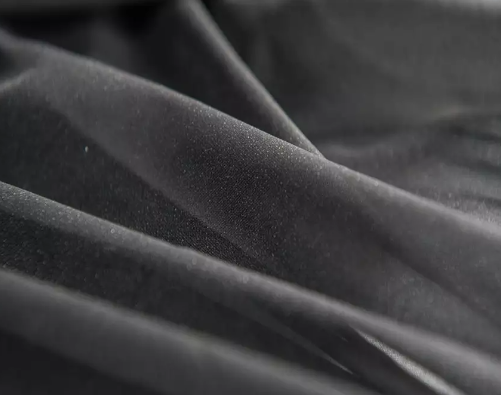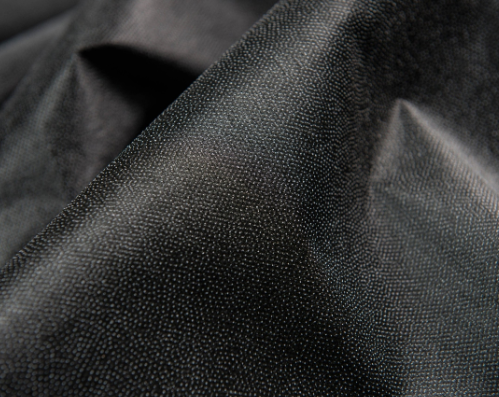What is difference between woven and non-woven interfacing?
2023-03-16.
Interfacing is a material that is used to add structure, stability, and support to fabrics in sewing projects. There are two main types of interfacing: woven and non-woven. While both types serve the same general purpose, there are some key differences between them.
Woven interfacing is made from a woven fabric, similar to the fabric used for garments. It is created by interlacing threads in a specific pattern, resulting in a fabric with a visible grain. Woven interfacing is often used for projects that require a lot of structure and stability, such as tailored garments or bags. It is typically more durable than non-woven interfacing and can be washed and ironed without losing its shape.

Non-woven interfacing, on the other hand, is made from synthetic fibers that are bonded together. It is created by compressing and fusing fibers using heat, chemicals, or pressure. Non-woven interfacing is often used for projects that require less structure, such as lightweight garments or crafts. It is generally less expensive than woven interfacing, but it is not as durable and may not hold up as well over time.

One of the main differences between woven and non-woven interfacing is their level of stiffness. Woven interfacing is typically stiffer and more structured, while non-woven interfacing is softer and more pliable. This means that woven interfacing can provide more support and shape to a garment, while non-woven interfacing is better suited for projects that require a softer touch.
Another difference between the two types of interfacing is their method of application. Woven interfacing is often sewn directly into the garment or project, while non-woven interfacing can be fused in place using heat and a pressing iron.
In summary, woven interfacing is made from a woven fabric and is stiffer and more durable than non-woven interfacing, making it ideal for projects that require structure and stability. Non-woven interfacing is made from synthetic fibers that are bonded together and is softer and less durable than woven interfacing, making it better suited for lightweight projects that require a softer touch.